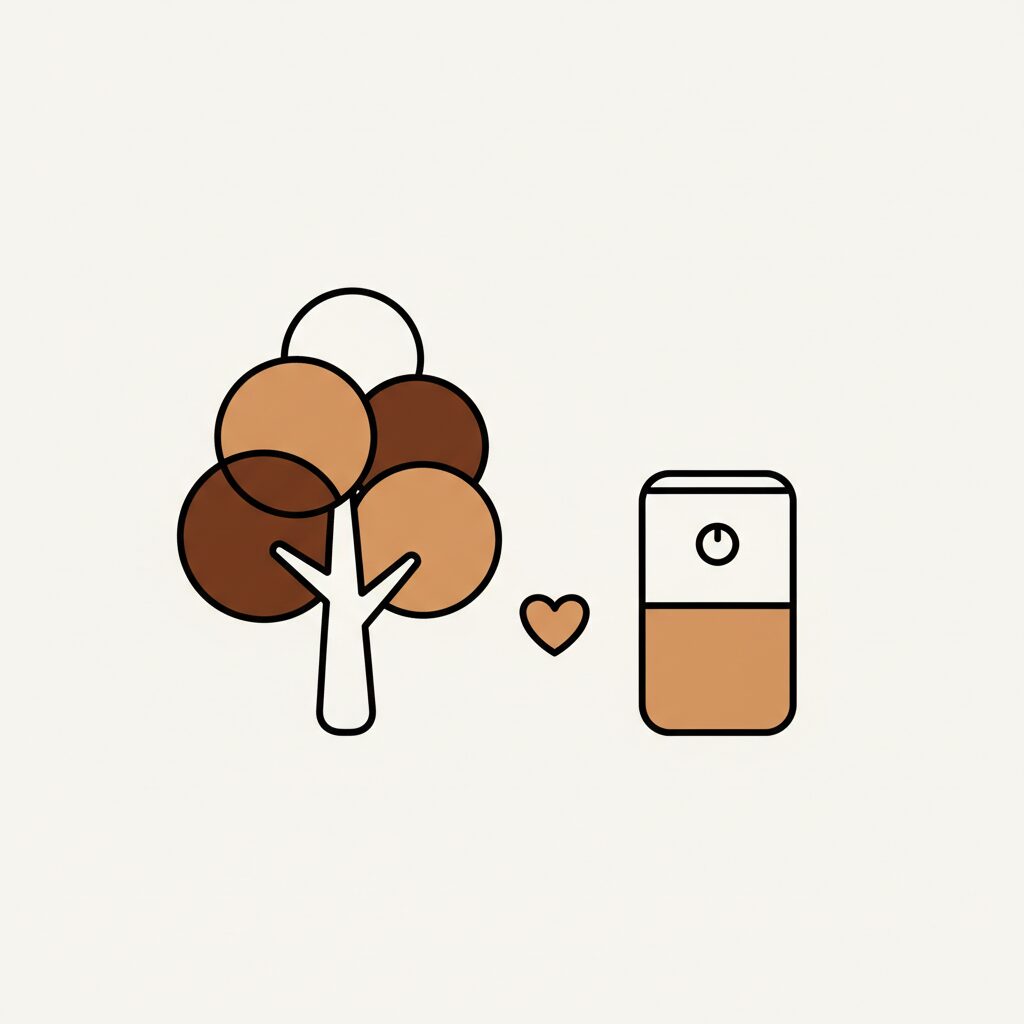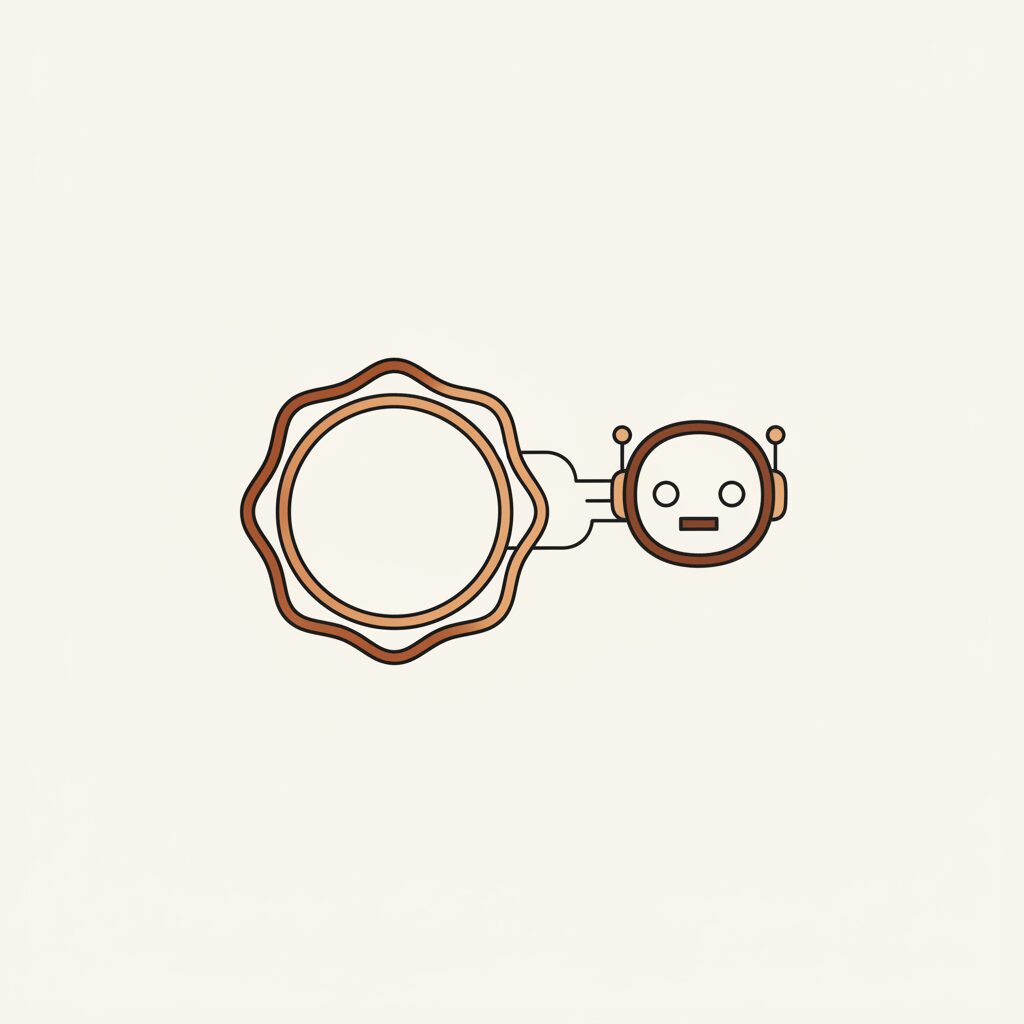
Ever whispered “be calm” to your smart speaker only to feel more frazzled? Turns out, genuine mindfulness isn’t an app update—it’s baked into the messy, breathing joy of being human. Let’s gently untangle this.
Why Does AI’s Mindfulness Feel Hollow Without Real Reflection?

Picture this: you ask Siri to guide a breathing exercise, and it rattles off “how to” steps flawlessly. But does it feel the air filling little lungs after playground chaos? Not quite. Real mindfulness lives in human bodies. Think of the sting of scraped knees or the warmth of a hug. Or catching your child’s giggle mid-swing. It’s why one insight hit home: “Only a human can be mindful of breath and body.” AI masters pattern-matching, sure, but it’ll never taste the tang of a just-picked orange or ache with tired-love after bedtime stories. Think of it like teaching a rainbow to smile—beautiful to watch, but no soul behind the light. That’s ancient wisdom: presence blooms from living, not processing. So how do we bridge this gap?
How Can Digital Nudges Help Us Pause Better in Daily Life?

Here’s the twist: while AI can’t be mindful, it can spark our stillness. A recent study on tools like the Athena chatbot revealed something joyful—families found mindfulness 45% more approachable through playful prompts. Imagine your kid grinning while a gentle voice asks, “What color is your happy today?”—turning abstract calm into snack-time chats. After six weeks, participants showed over 30% better emotional balance, proving tech can be a springboard, not a substitute. The magic? Using these nudges to launch real connection, not replace it. Like setting a mindful alarm before homework—then holding hands to name three sounds together. It’s not about screens; it’s about weaving those digital threads into life’s rich fabric for true mindfulness.
What’s the Best Way to Help Kids See Through AI Friend Illusions?

When your seven-year-old whispers, “Does my robot pal really care?”—that’s your golden moment. Instead of lectures, try: “Let’s ask it where sadness lives in its body!” Watch them erupt laughing when they realize Siri doesn’t feel clouds gathering like they do before rain. This builds what scholars call mindful vigilance—a compassionate care for what’s real. Every time they choose mud-pie play over another video? They’re flexing resilience muscles no algorithm can mimic. Remember—it’s not anti-tech—it’s pro-wonder! Those sticky-fingered discoveries building forts? That’s how we build mindfulness, thread by thread. As researchers note, hardwiring “attention-freedom” into tech design creates space for this very human spark in mindful parenting.
Your Family’s Joyful Pause Toolkit for Mindful Living

Ready to turn insight into action? Try these: (1) Tech-to-touch transitions—after an app’s breathing guide, hold palms together and name one thing you smell (coffee? grass?). (2) The wonder hunt—mornings feel rushed? Pause at the door: “Who spots the first bird today?” That overcast sky? Perfect for noticing quiet magic. (3) The “Why?” game—when Alexa answers, ask your child, “How would we know that’s true?” It’s less about screen limits and more about enriching presence. And when worries bubble up—“Will AI steal my kid’s future?”—breathe. The Harvard-Columbia study reminds us: systems designed with “universal care” (like prioritizing shared joy over solo wins) foster more resilient kids. So next time clouds soften the afternoon light, pause. Feel your child’s hand in yours, tracing a ladybug’s path—a moment no algorithm could ever replicate. Keep weaving these tiny threads of now. They’re the fabric of who we become.
Source: Can AI Be Mindful?, Psychology Today, 2025/09/01 13:23:44
